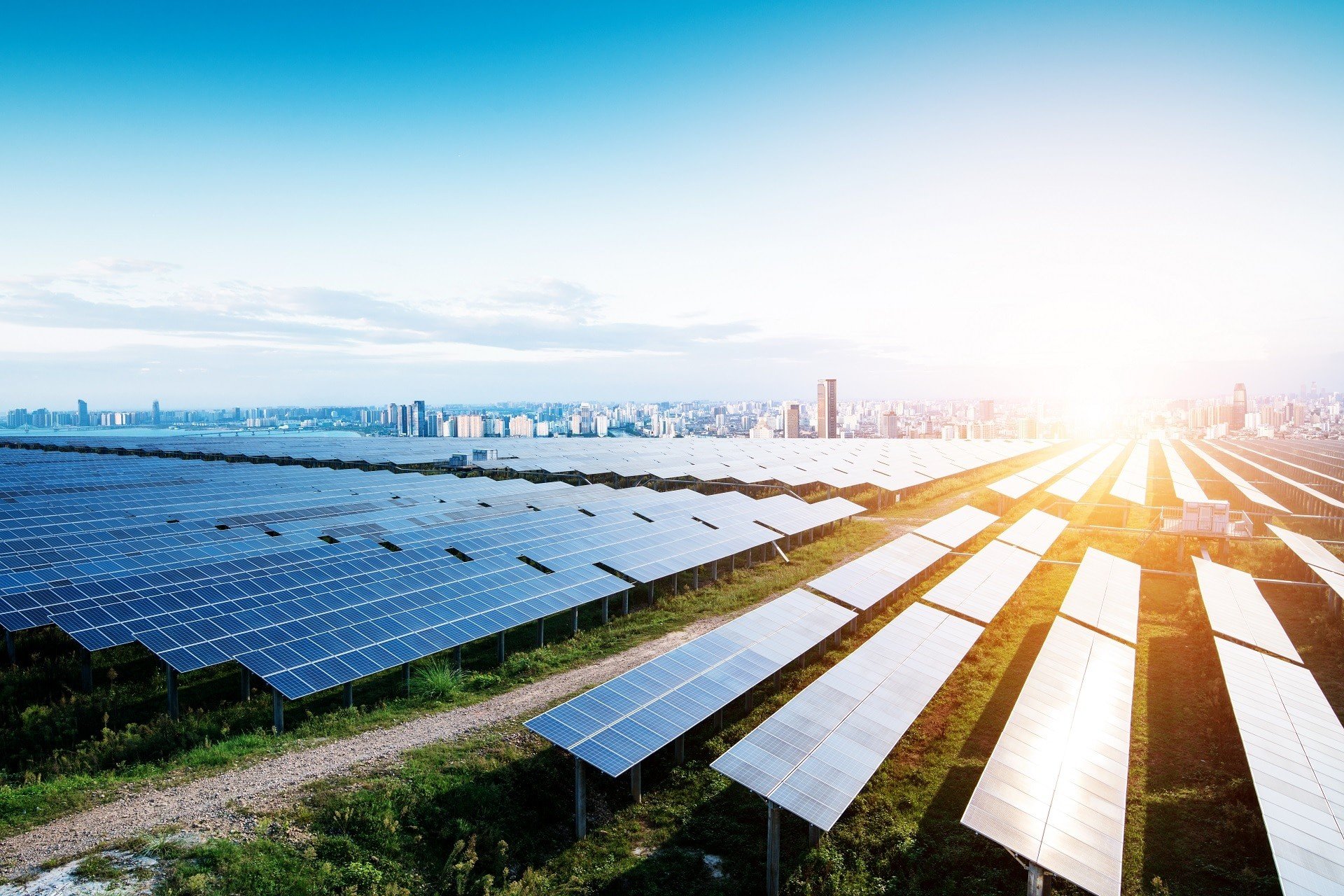-
Posts
2064 -
Joined
-
Last visited
Everything posted by André Mermoud
-
You can read my previous post, and also our FAQ How is the database of PVsyst updated?
-

solaredge with different orientation of modules
André Mermoud replied to SoftwareTester's topic in How-to
Sorry, there is no progress with this in the present time. -
As explained in the FAQ, the maximum voltage is the voltage on the I/V curve, when the voltage point corresponding to the PNom(Input) of the inverter is lower than the VmppMax of the inverter.
-
Please see the Help "Project design > Array and system losses > Array Thermal losses". However with a spacing of 3 cm, you don't have any air circulation and heat exchange (or a negligible one), and you can consider your PV array as back insulated.
-
If you have a little object's shade on a rather big PV array, the shading effect ,ay be very little. You can see it in particular situations with the "Animation" tool. If the annual shading effect is lower than the resolution of the percentages in your loss diagram, you will obviously not see it.
-

Near Shadings definition Error
André Mermoud replied to mmonesterio's topic in Shadings and tracking
The Table width is a backtracking parameter, which should be identical for all trackers, as it is used in the backtracking calculation. If you pass from Landscape to Portrait, the table width is probably different, so that the backtracking calculation will be different. This is not possible in PVsyst where only one tracking orientation is possible. Now you can probably simulate your system without backtracking, which seems to be not suited for your project (especially if you have altitude differences between your trackers). -

Ohmic losses of DC cables at STC with oversized inverter
André Mermoud replied to Breadstreet's topic in PV Components
The specification of a percentage is just an indicative way of specifying the wiring loss (for showing an order of magnitude when designing your system). The real parameter used in the simulation is the Wiring Resistance, which is either specified explicitly or estimated from your choice of a percentage in STC conditions. The energy loss is calculated at each step of the simulation, as Rw * I². -
Yes, this feature is implemented since version 6.27. In the inverter's derfinitions, please see the page "Output parameters".
-
Please compare the Loss diagrams for understanding where are the differences. Now in some very rare cases, it seems that the first simulation of a new variant doesn't take all the specified parameters into account. However we cannot fix the problem, as we have never reproduced it in our installations. It seems that this was only arising with rather old versions of PVsyst.
-
See our FAQ Why sometimes the overload losses increases significantly without reasons ?
-

Shading area is more then area for solar panels
André Mermoud replied to Mixey's topic in Shadings and tracking
The shading calculation is a geometrical calculation as function of the sun's position. The program doesn't calculate the optimal distance between strings, as there is no optimal distance. This is a multi-variable and multi-criteria choice. It depends what you want to optimize. The warning you are talking about has nothing to do with these questions: after defining the 3D scene, PVsyst checks the compatibility between your specification of a number of modules (in the "System" part), and the area you have defined in the 3D scene. If you have defined a significantly too big area, or an insufficient area, PVsyst will warn you. -
From version 6.60, the Degradation (year number for a simulation and degradation parameters) is indeed part of the parameters you can use/modify in the batchs.
-

Shading area is more then area for solar panels
André Mermoud replied to Mixey's topic in Shadings and tracking
The shading calculation is a geometrical calculation as function of the sun's position. The program doesn't calculate the optimal distance between strings, as there is no optimal distance. This is a multi-variable and multi-criteria choice. It depends what you want to optimize. The warning you are talking about has nothing to do with these questions: after defining the 3D scene, PVsyst checks the compatibility between your specification of a number of modules (in the "System" part), and the area you have defined in the 3D scene. If you have defined a significantly too big area, or an insufficient area, PVsyst will warn you. -
Yes indeed, the irradiance on the PV module isw the GlobEff value. In the Help concerning the array temperature, this is a "simplification" just for explaining that this is the irradiance incident on the PV array, without referring to the details of the simulation (optical effects).
-

How is the module temperature calculated?
André Mermoud replied to Peter Neretnieks's topic in Simulations
In PVsyst the cell's temperature is evaluated from the irradiance (and eventually the wind velocity) using a thermal balance, which is completely explained in the help "Project design > Array and system losses > Array Thermal losses". It involves namely a thermal loss factor U-value (expressed in W/m2K) which may be splitted into an constant Uc and a wind component Uv * wind velocity. The U-value should be adapted according to the installation conditions (free air circulation all around, or back insulated modules). -
For a quick calculation, you can simply use "Unlimited Sheds" in the "orientation" part. Don't forget to define the electrical losses.
-
This is indeed on our ToDo list. But I don't know when this will be implemented.
-
Yes of course you can experiment all these features in PVsyst. For discovering the features of the software, you can download it from www.pvsyst.com, and use it with all its functionnalities during 30 days for evaluation.
-
Please see the FAQ Can I define a system with highly undersized inverter ?
-
There are almost 300 UPsolar modules in the database. I can't find any error in the number of cells. Please tell which module is in error.
-

Creating seperate variant files for each batch simulation run
André Mermoud replied to neelesh92's topic in How-to
To my knowing, this works quite well in the latest versions. -
With Meteonorm within PVsyst, yu can get meteo data for anywhere on the earth. See our FAQ Which meteo data are available in PVsyst ?
-
For a Centrifugal pump, when specified as Head as function of Flowrate, PVsyst uses a model called "similarity laws" (see the help "Physical models used > Pump - Model description > Pump model from Head (and P) as f(FR), fixed U or speed". This definition also requires to know the efficiency (or Power) as function of the flowrate. For all other input parameter configurations, PVsyst doesn't use any model. It determines any operating conditions (I, U, H, F) or (P, H, F) by an interpolation between the specified operating conditions. This may represent a rather complex calculation. See the help "Physical models used > Pump - Model description". You have a detailed description of the pump model in a document available on our web site: "Technico-economical Optimization of Photovoltaic Pumping Systems Pedagogic and Simulation Tool Implementation in the PVsyst Software", André Mermoud, 2006 Research report of the Institute for Environmental Sciences, University of Geneva.
-
The transposition models take indeed the albedo of the terrain in front of the plane into account. If you have snow, you can increase the albedo factor (monthly values) in the Project's definition.
-
Yes, the light-soaking gain of CIS modules take place progressively with the sun irradiance, and becomes fully effective after some accumulated dozens or hundreds of kWh/m2. But sorry, the manufacturers don't give more information about this time.

